Burn injuries can be excruciatingly painful and, depending on their severity, can lead to complications and prolonged healing.
While it’s essential to seek immediate medical attention for severe burns, there are complementary natural remedies that can aid in pain relief and promote the healing process.
Tea, with its soothing and anti-inflammatory properties, is one such remedy.
In this comprehensive guide, we will explore how various teas can be used to soothe severe burns, providing a list of suitable teas, their indications, contraindications, usage guidelines, and essential tips for burn care.
Understanding Severe Burns
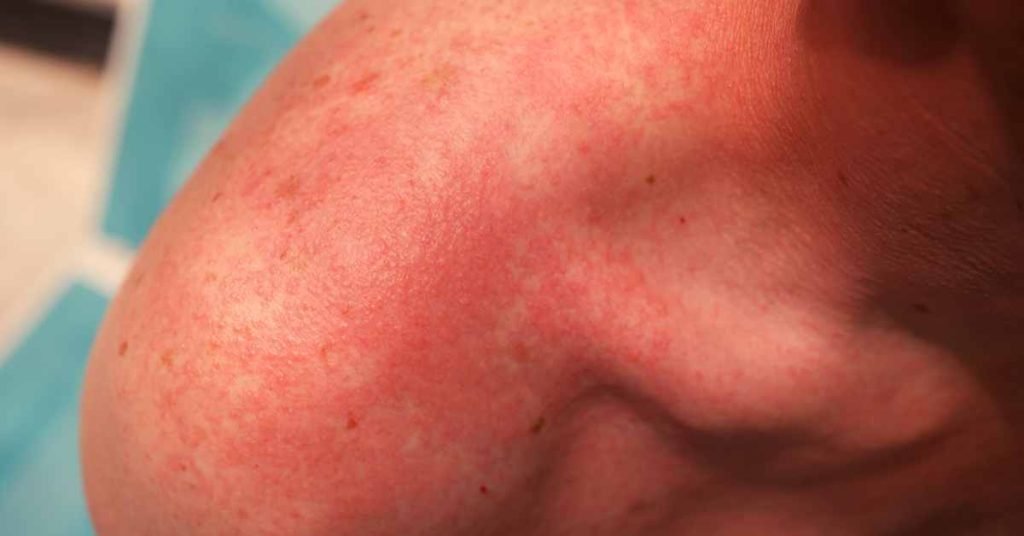
Severe burns, often categorized as third-degree burns, extend through the entire thickness of the skin and damage underlying tissues, including muscles, tendons, and even bone.
These burns are typically characterized by a leathery, charred appearance and can be incredibly painful.
Immediate medical attention is crucial for severe burns to prevent infection and minimize complications.
Using Tea for Severe Burn Relief
While tea is not a substitute for professional medical care for severe burns, it can offer relief from pain and promote the healing process.
Certain types of tea have natural anti-inflammatory, antiseptic, and analgesic properties that can be beneficial in burn care. Here’s a list of teas that can be used for severe burn relief:
Chamomile Tea
- Indications: Chamomile tea is known for its anti-inflammatory and calming properties. It can help reduce burn-related pain and inflammation. The tea is particularly soothing for superficial burns and can also provide relief from stress and anxiety.
- Contraindications: While chamomile tea is generally safe, individuals with allergies to plants in the Asteraceae family, such as ragweed, may experience allergic reactions. It is advisable to conduct a patch test before applying chamomile topically to the burn site.
Lavender Tea
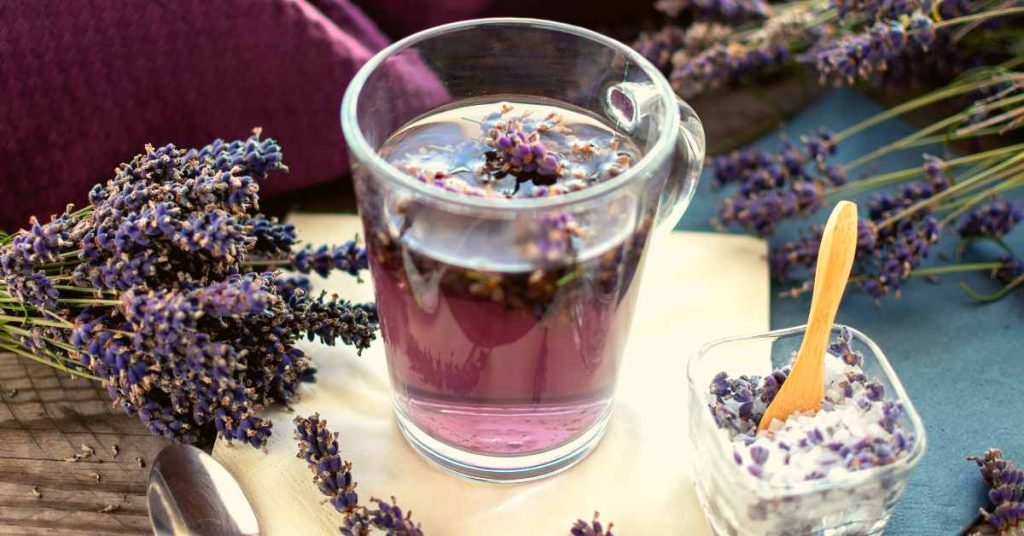
- Indications: Lavender tea contains natural analgesic and anti-inflammatory properties, making it useful for pain relief and inflammation reduction in burn injuries. It can also promote relaxation and alleviate stress.
- Contraindications: Lavender tea is safe for most people when consumed in moderation, but some individuals may experience mild side effects like digestive issues or headaches. Always use it in recommended quantities.
Black Tea
- Indications: Black tea contains tannins, which have astringent properties. These can help reduce inflammation and provide relief from pain when applied topically to the burn site. It may also aid in preventing infection.
- Contraindications: Black tea is generally safe for external use on burns. However, avoid excessive use, as it may dry out the skin surrounding the burn.
Green Tea
- Indications: Green tea is rich in antioxidants and has anti-inflammatory properties. When applied topically to a burn, it can help reduce inflammation and support the healing process. The antioxidants in green tea can also protect the skin from free radical damage.
- Contraindications: Green tea is generally safe for topical use on burns. However, some individuals may be sensitive to topical application, so it is advisable to perform a patch test first.
Peppermint Tea
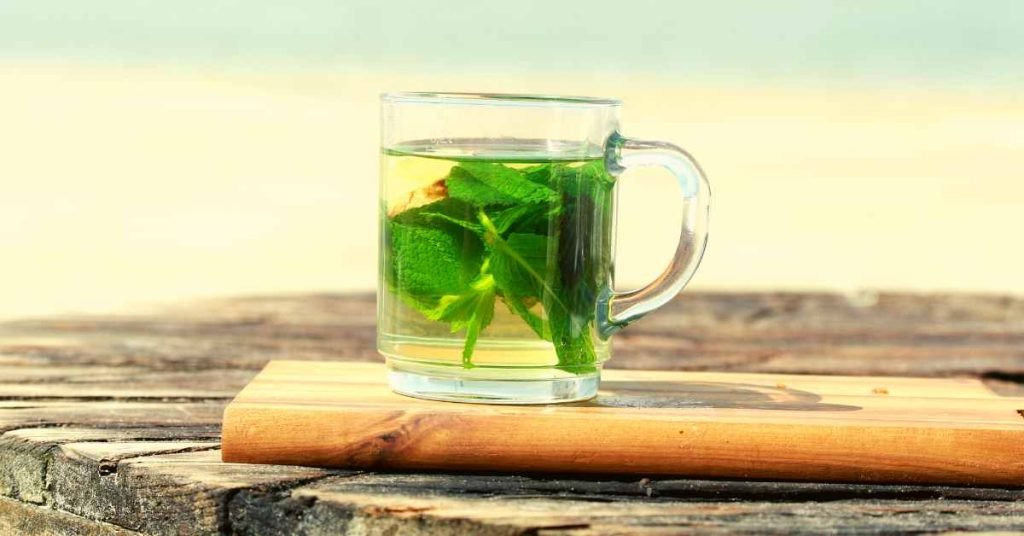
- Indications: Peppermint tea has cooling properties and may provide immediate relief from the burning sensation of a fresh burn. It can also help reduce inflammation and itching associated with the healing process.
- Contraindications: The topical application of peppermint tea is generally safe. However, individuals with sensitive skin may experience a tingling or burning sensation. Discontinue use if irritation occurs.
Aloe Vera Tea (Infusion)
- Indications: Aloe vera is well-known for its soothing and healing properties. An aloe vera tea infusion, when applied topically to burns, can provide immediate relief, reduce inflammation, and promote faster healing.
- Contraindications: Aloe vera is generally safe for topical use on burns. However, individuals with a known allergy to aloe vera may experience skin irritation.
Calendula Tea
- Indications: Calendula tea, derived from marigold flowers, has anti-inflammatory and antiseptic properties. It can be used topically to reduce pain, inflammation, and the risk of infection in burn injuries.
- Contraindications: Calendula tea is typically safe for external use on burns. However, some individuals may be sensitive to marigold flowers, so a patch test is recommended.
How to Use Tea for Severe Burn Relief
Tea can be used in various ways to soothe and promote healing in severe burns. Here are some practical methods for utilizing tea in burn care:
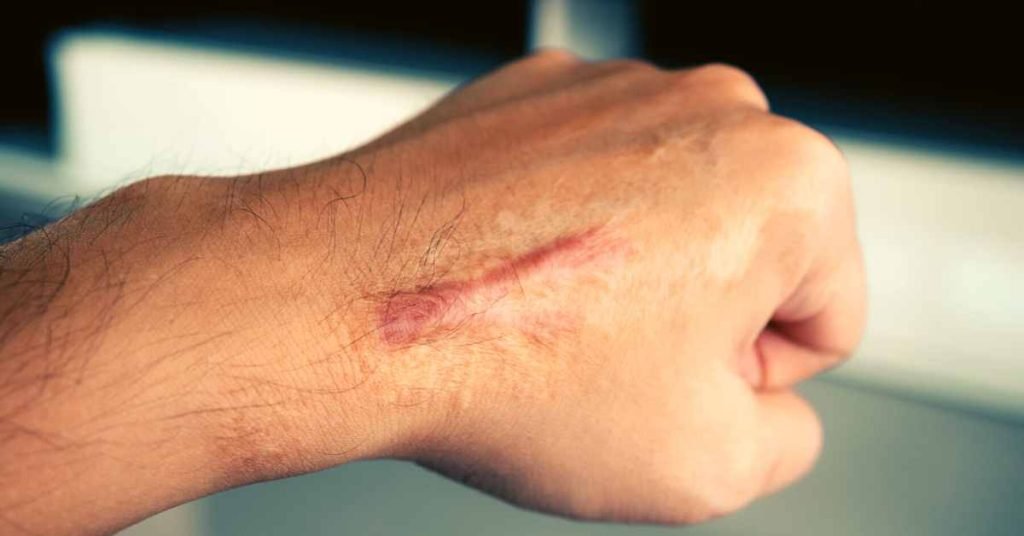
Topical Application
- a. Brew the tea of your choice (e.g., chamomile, black tea, or green tea).
- b. Allow the tea to cool to a comfortable temperature, ensuring it is not too hot.
- c. Soak a clean cloth or gauze in the cooled tea and gently apply it to the burn site.
- d. Leave the tea-soaked cloth in place for 15-20 minutes.
- e. Repeat this process several times a day to reduce pain and inflammation.
Compress
- a. Brew the tea and let it cool.
- b. Soak a clean cloth or gauze in the cooled tea.
- c. Place the tea-soaked cloth over the burn.
- d. Cover the cloth with plastic wrap or a bandage to hold it in place.
- e. Leave the compress in place for 15-20 minutes.
- f. Repeat this process multiple times a day to relieve pain and inflammation.
Spray
- a. Brew the tea and allow it to cool.
- b. Pour the cooled tea into a clean spray bottle.
- c. Spray the tea directly onto the burn site.
- d. Gently pat the area dry with a clean cloth.
- e. Use this method as needed to reduce pain and inflammation.
Soak
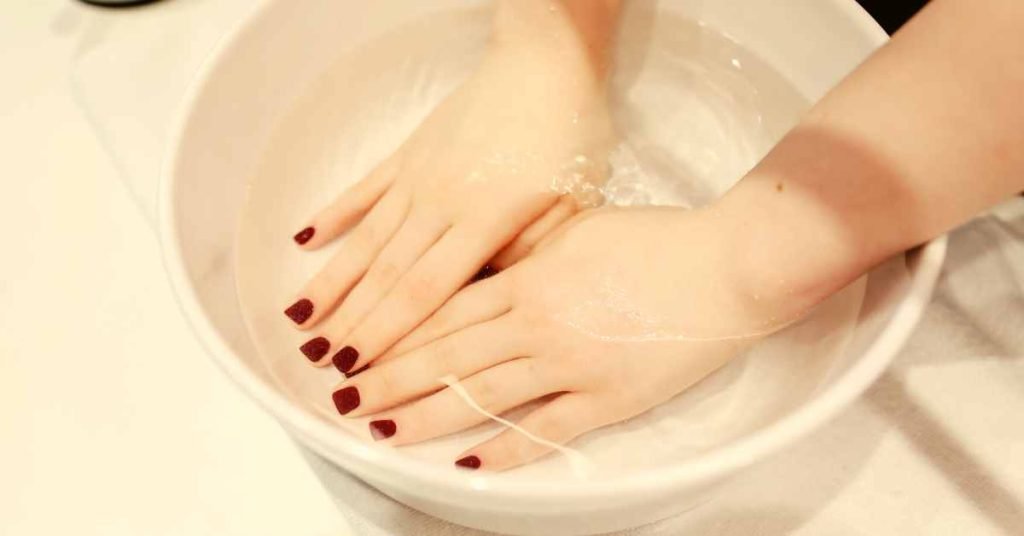
- a. Brew a strong infusion of the tea of your choice (e.g., aloe vera or calendula).
- b. Allow the infusion to cool.
- c. Fill a clean basin with the cooled tea.
- d. Soak the burned area in the tea for 15-20 minutes.
- e. Pat the area dry with a clean cloth.
- f. Use this method as needed to alleviate pain and inflammation.
Tips for Using Tea in Severe Burn Care
When using tea for severe burn relief, follow these essential tips to ensure safety and effectiveness:
- Always seek immediate medical attention for severe burns. Tea is a complementary remedy and should not delay professional medical care.
- Allow the brewed tea to cool to a comfortable temperature before applying it to the burn. Hot liquids can further damage the skin.
- Perform a patch test on a small area of unburned skin to check for sensitivity or allergic reactions to the tea before applying it to the burn site.
- Do not apply tea to open wounds or blisters. Use tea on burns once they have cooled and any blisters have been treated by a medical professional.
- Avoid using excessively hot or cold water when treating burns, as extreme temperatures can be damaging to the skin.
- Do not pop or puncture any blisters that may form on the burn. This can increase the risk of infection.
- If the burn appears to worsen or becomes infected, seek immediate medical attention.
- Stay well-hydrated, maintain good nutrition, and get adequate rest during the healing process to support overall recovery.
Final Word
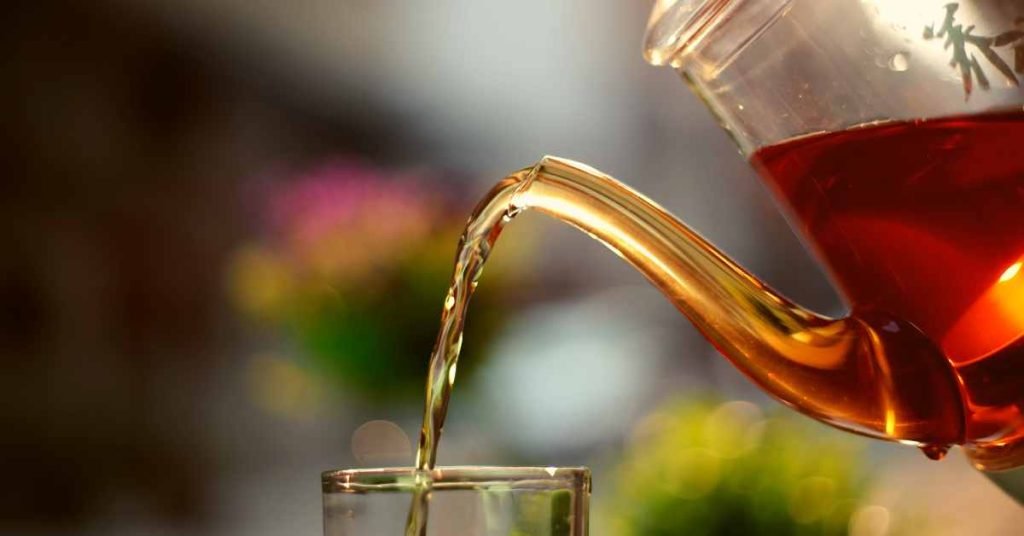
While tea can be a soothing and complementary remedy for severe burns, it should always be used in conjunction with immediate medical care.
Seeking professional medical attention is crucial for evaluating the severity of the burn and determining the most appropriate treatment.
Teas like chamomile, lavender, black tea, green tea, peppermint, aloe vera, and calendula can provide relief from pain, reduce inflammation, and support the healing process when used topically.
Following the usage guidelines and safety tips outlined in this guide can help individuals effectively and safely incorporate tea into their severe burn care regimen.
Remember that severe burns can have serious complications and should be treated promptly by medical professionals. Tea is a supportive remedy for pain relief and healing but should not be relied upon as the primary treatment for severe burns.
MEDICAL DISCLAIMER
Itsnevernotteatime.com cannot and does not contain medical/health advice. The medical/health information is provided for general and educational purposes only and is not a substitute for professional advice.




